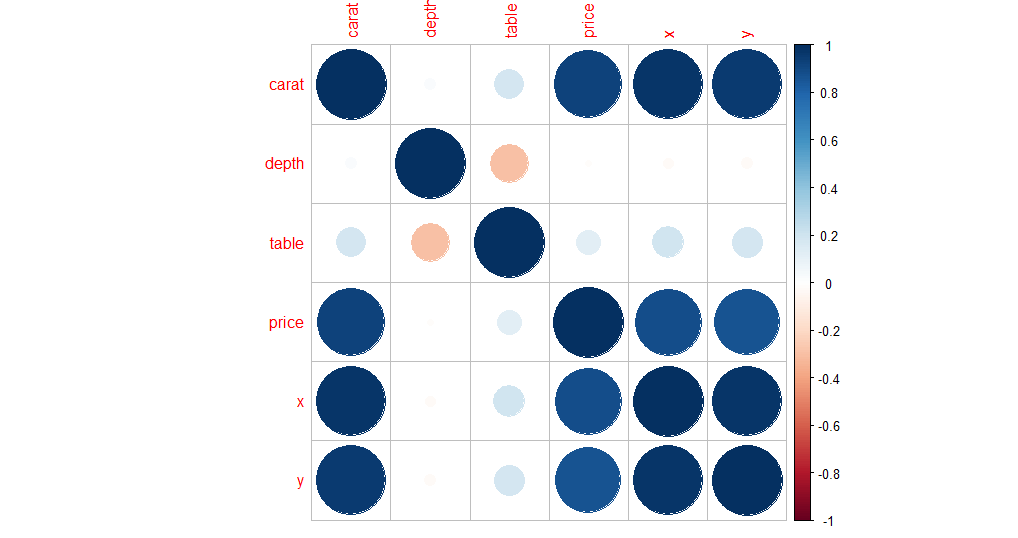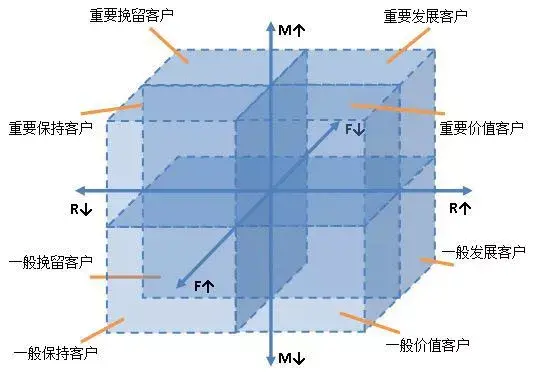



& dplyr functions work with pipes and expect tidy data. filter () picks cases based on their values. (previous answer) I recommend against the use of what I call 'Excel grouping'. Apply summary functions to columns to create a new table of summary statistics. Df % group_by ( g ) gf %>% summarise (n = n ( ) ) #> # A tibble: 3 × 2 #> g n #> #> 1 a 1 #> 2 b 2 #> 3 c 3 gf %>% mutate (id = cur_group_id ( ) ) #> # A tibble: 6 × 4 #> # Groups: g #> g x y id #> #> 1 b 0.575 0.715 2 #> 2 c 0.894 0.313 3 #> 3 b 0.975 0.095 4 2 #> 4 a 0.315 0.889 1 #> 5 c 0.572 0.906 3 #> 6 c 0.663 0.962 3 gf %>% reframe (row = cur_group_rows ( ) ) #> # A tibble: 6 × 2 #> g row #> #> 1 a 4 #> 2 b 1 #> 3 b 3 #> 4 c 2 #> 5 c 5 #> 6 c 6 gf %>% summarise (data = list ( cur_group ( ) ) ) #> # A tibble: 3 × 2 #> g data #> #> 1 a #> 2 b #> 3 c gf %>% mutate ( across ( everything ( ), ~ paste ( cur_column ( ), round (. Overview dplyr is a grammar of data manipulation, providing a consistent set of verbs that help you solve the most common data manipulation challenges: mutate () adds new variables that are functions of existing variables select () picks variables based on their names. Method 1: Using summariseall () method The summariseall method in R is used to affect every column of the data frame.


 0 kommentar(er)
0 kommentar(er)
